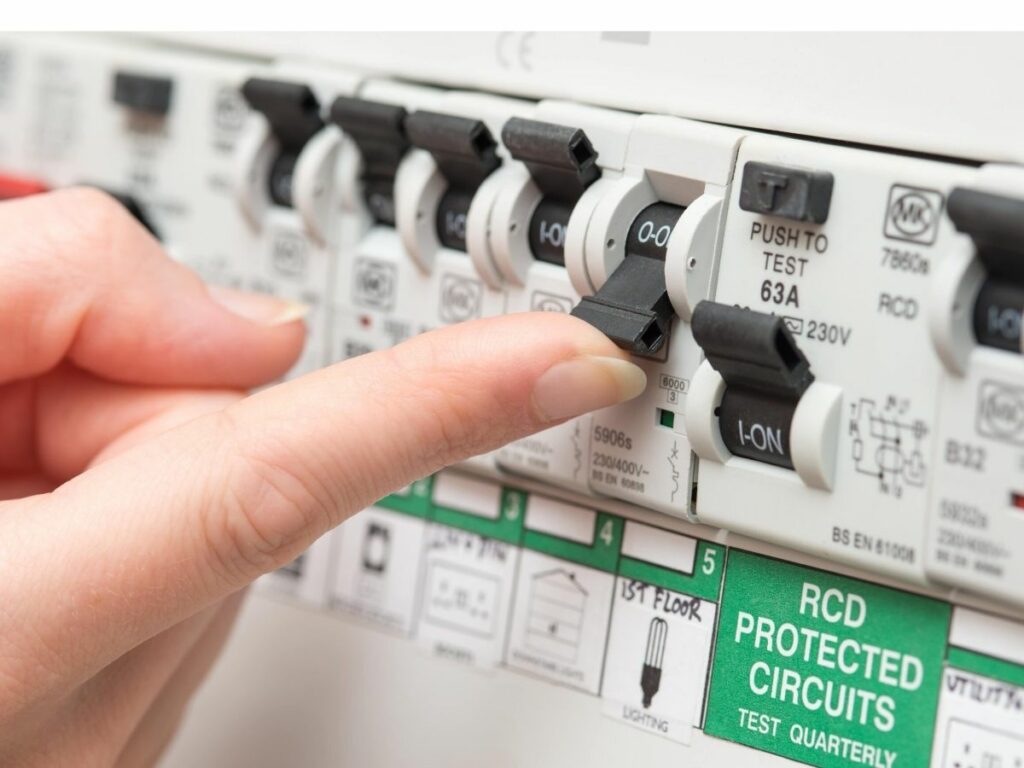What Is the Difference Between a Circuit Breaker and a Safety Switch?

Understanding your electrical equipment is crucial when it comes to ensuring the safety of your household. Knowing what devices can protect your home from electrical malfunctions, and prevent damage, injury, or even fatalities, is essential. There are often misconceptions about the roles of safety switches and circuit breakers within an electrical system.
Both safety switches and circuit breakers serve as protective devices to safeguard your home from electrical issues, but they have distinct functions.
Circuit Breakers
Most homes are equipped with circuit breakers or fuses within the main switchboard to protect the electrical wiring from overloads. When power points are overloaded with too many devices, a circuit breaker acts to protect the system from short circuits or overcurrents. It does this by cutting off the power when it detects an overload or a high current fault, ensuring that the system doesn’t suffer further damage.
Safety Switches
Safety switches, on the other hand, are designed to protect individuals from electrical shock or electrocution due to faults in the system. A safety switch continuously monitors the flow of electricity through a circuit and detects any imbalances between the neutral and live wires, which can occur if the current is passing through something other than the intended circuit, such as a person. If such a discrepancy is detected, the safety switch will cut off the power within 0.03 seconds, preventing harm. While safety switches look similar to circuit breakers, they can be distinguished by the presence of a test button.
A safety switch, also known as a residual current device (RCD), is now a mandatory installation in homes to protect against electrical fires or electrocution resulting from electrical faults.
In many homes, especially older ones, you may need to install multiple safety switches to ensure full protection. Victorian legislation requires that safety switches be installed on both the lighting and power point circuits in new homes. However, older homes may only have coverage on the power point circuit or none at all.
Electrical safety regulators now recommend that homeowners and landlords install a safety switch on every circuit, including those for air conditioning, ovens, lights, hot water systems, and pool equipment, to ensure comprehensive protection.
Conclusion
Understanding the difference between safety switches and circuit breakers is vital, as confusing the two can lead to inadequate protection. The key distinction is that a safety switch is designed to protect people from electric shock, while a circuit breaker is intended to protect the electrical wiring and system in your home.
For professional electrical services tailored to your needs, contact Grayling Electrical. Whether you’re looking to install safety switches or require other electrical services in Mildura, Grayling Electrical is your trusted contractor, providing reliable and timely service to keep your home safe and secure.
